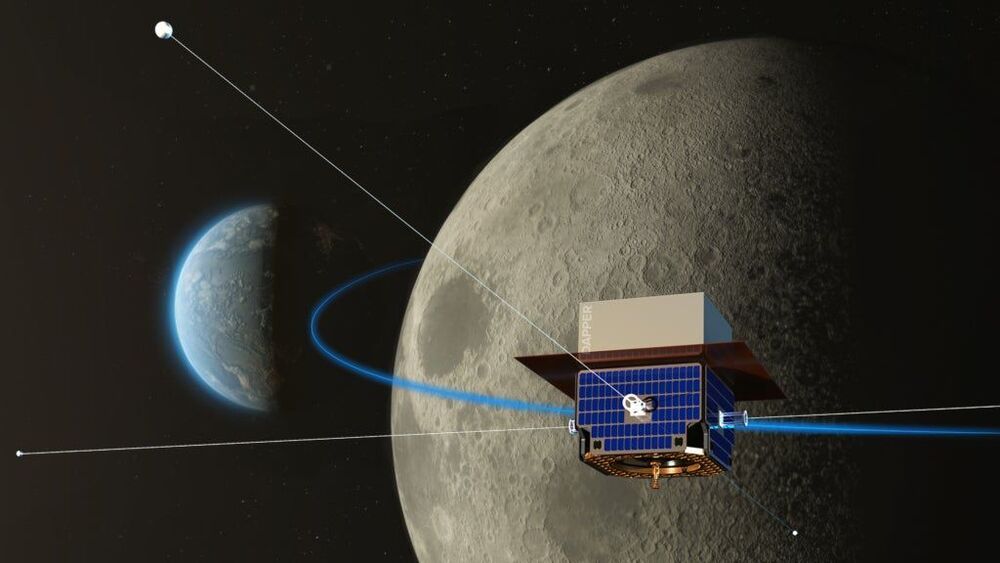The far side of the moon is poised to become our newest and best window on the hidden history of the cosmos. Over the course of the next decade, astronomers are planning to perform unprecedented observations of the early universe from that unique lunar perch using radio telescopes deployed on a new generation of orbiters and robotic rovers.
These instruments will study the universe’s initial half-billion years—the first few hundred million or so of which make up the so-called cosmic “dark ages,” when stars and galaxies had yet to form. Bereft of starlight, this era is invisible to optical observations. Radio telescopes, however, can tune in to long-wavelength, low-frequency radio emissions produced by the gigantic clouds of neutral hydrogen that then filled the universe. But these emissions are difficult, if not downright impossible, to detect from Earth because they are either blocked or distorted by our planet’s atmosphere or swamped by human-generated radio noise.
Scientists have dreamed for decades of such studies that could take place on the moon’s far side, where they would be shielded from earthly transmissions and untroubled by any significant atmosphere to impede cosmic views. Now, with multiple space agencies pursuing lunar missions, those dreams are set to become reality.
